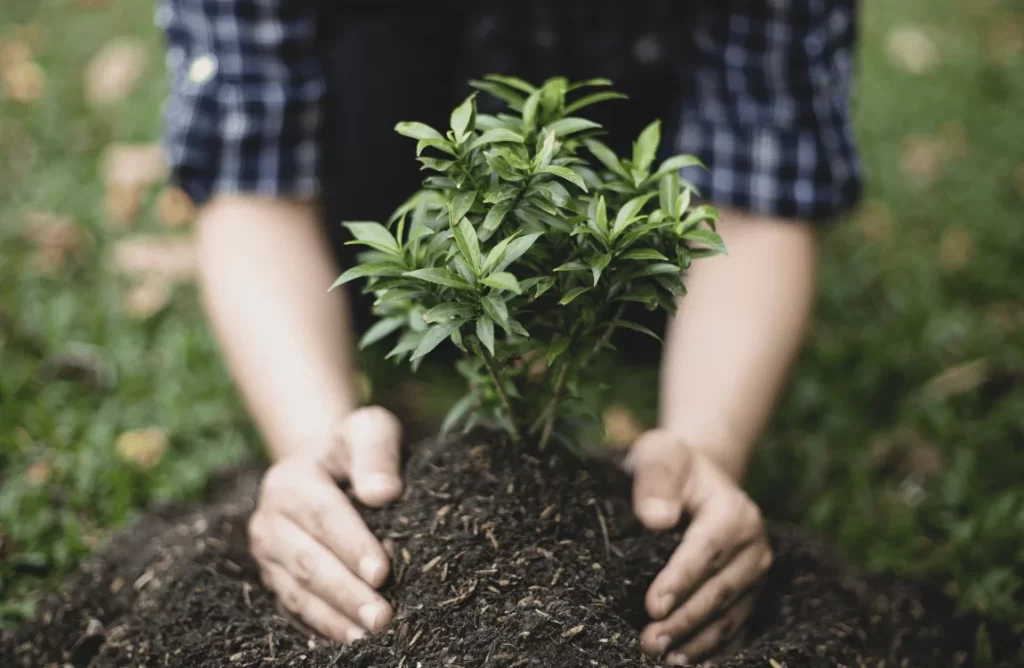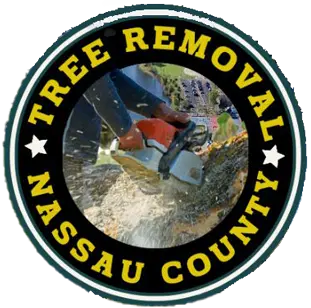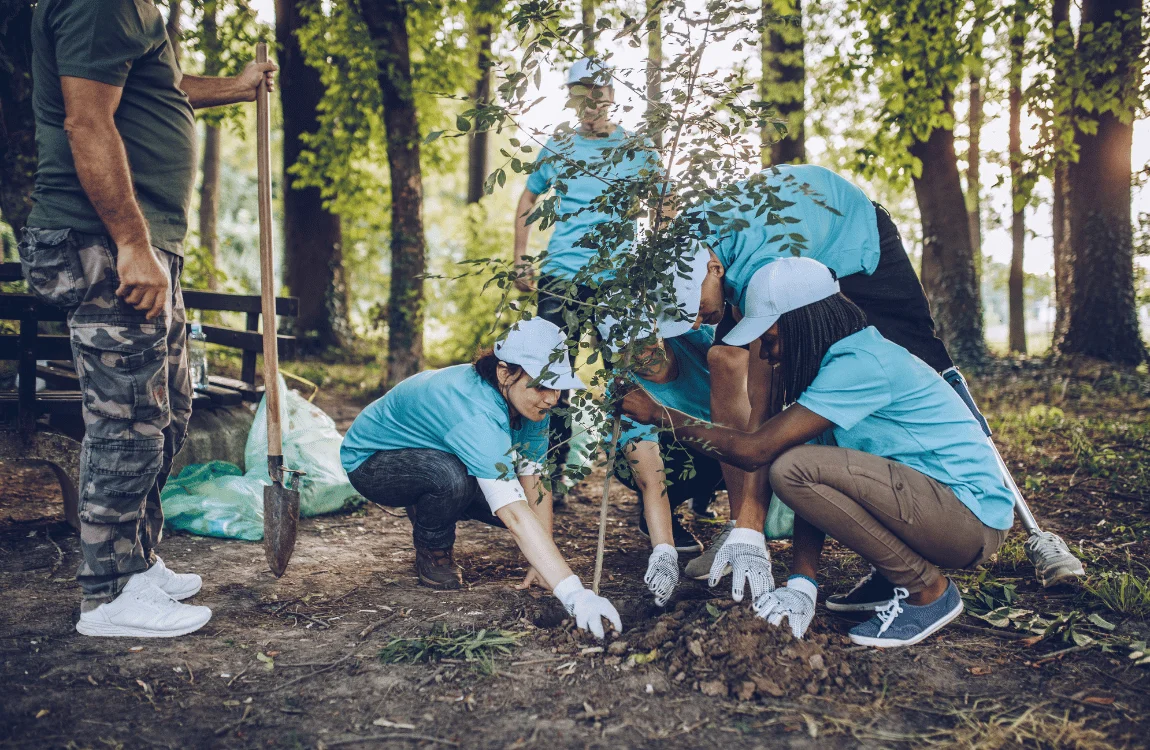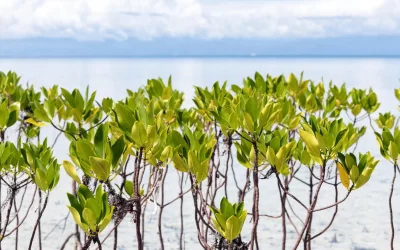Yes, you can plant a tree where one was removed, but you must address the remaining roots and soil conditions. Careful consideration of the previous tree’s impact is crucial for the new tree’s success.
Planting a tree where another once stood often signifies a continuation of natural growth and adherence to sustainable practices within a landscape. Before a new seedling takes root, one must prepare the ground effectively to embrace its arrival. The remnants of the old tree, particularly extensive root systems and potential soil depletion, present challenges that require assessment and intervention.
Ensuring a hospitable environment for the newcomer involves enriching the soil, removing any large roots or debris, and selecting a species that will thrive in the given conditions. By doing so, you pave the way for the newly planted tree to establish itself, reinforcing the cyclic renewal that characterizes healthy ecosystems. This commitment to responsible planting reflects an understanding of the intricate balance between nature’s needs and human desires for green spaces.

Can You Plant A Tree Where One Was Removed?
Trees are often considered as the lungs of our planet, vital for our survival and the well-being of the environment. However, when a tree is removed, whether due to disease, damage, or landscape changes, many individuals ponder whether it is possible to replace the lost tree by planting a new one in the same spot. This question is more complex than a simple yes or no, as various factors come into play to determine if replanting is a viable option. Let’s dive into what needs to be considered before reinstating a tree, how to go about planting a new one, and what care should be taken to ensure its growth and sustainability.
Factors To Consider Before Planting
Understanding the factors that influence whether a new tree can be planted is critical to the success of your replanting efforts.
- Soil Quality: Check the soil for compaction, nutrient depletion, or contamination by previous tree’s diseases.
- Root System: Removal of the old tree’s roots is paramount, as remnants can hinder the growth of the new tree.
- Tree Species: Select a species suited for the specific soil and climate conditions of the site.
- Available Space: The new tree should have sufficient space to grow without interfering with buildings, power lines, or other trees.
Steps To Planting A Tree Where One Was Removed
Once you determine the site is suitable, planting a new tree involves several steps.
- Clear the Area: Remove any remaining stump or roots and prepare the soil by adding appropriate amendments.
- Dig the Hole: The new hole should be as deep as the root ball and twice as wide.
- Plant the Tree: Position the tree in the center, spread the roots, and fill the hole with soil.
- Watering: Immediately water the tree to settle the soil and eliminate air pockets.
- Mulching: Apply mulch around the base to retain moisture and regulate soil temperature.
Taking Care Of The Newly Planted Tree
To ensure your new tree thrives, consistent care and attention are imperative.
- Regular Watering: Provide adequate water, especially during dry spells, to support the establishment of roots.
- Pruning: Prune any dead or damaged branches to encourage healthy growth (best done during dormancy).
- Protection: Guard the trunk against pests, rodents, and mechanical damage.
- Inspection: Regularly inspect for signs of disease or stress and take appropriate measures to address any issues.
Frequently Asked Questions On Can You Plant A Tree Where One Was Removed
Can I Replant Immediately After Tree Removal?
Planting immediately in the same spot isn’t recommended due to soil compaction, remaining roots, and potential pests or diseases. It’s best to wait and prepare the soil for the best chance of new tree growth.
What’s The Best Season To Replant A Tree?
The optimal planting seasons for trees are spring and fall. Cooler temperatures and increased rainfall during these times support root growth before summer heat or winter cold sets in.
How To Prepare Soil For A New Tree?
Preparing soil involves removing old roots, tilling the earth, and possibly adding soil amendments. Test the soil pH, and adjust as necessary to meet the requirements of the new tree species.
Is It Necessary To Change The Soil Completely?
Complete soil replacement is rarely necessary. Instead, improve existing soil through aeration and adding organic matter like compost, to nourish the new tree and facilitate root growth.
Conclusion
Planting a new tree where one has been removed is definitely possible. It requires careful consideration of soil health and root space. By following the right steps, you can ensure the successful growth of your new tree. Remember, contributing to our planet’s greenery starts in your own backyard!




